How to Forage for Medicinal Plants in the Wilderness
Learn how to forage for medicinal plants in the wilderness with this beginner’s guide. Discover safe, effective wild remedies and how to identify healing plants like yarrow, plantain, and more in their natural habitats.
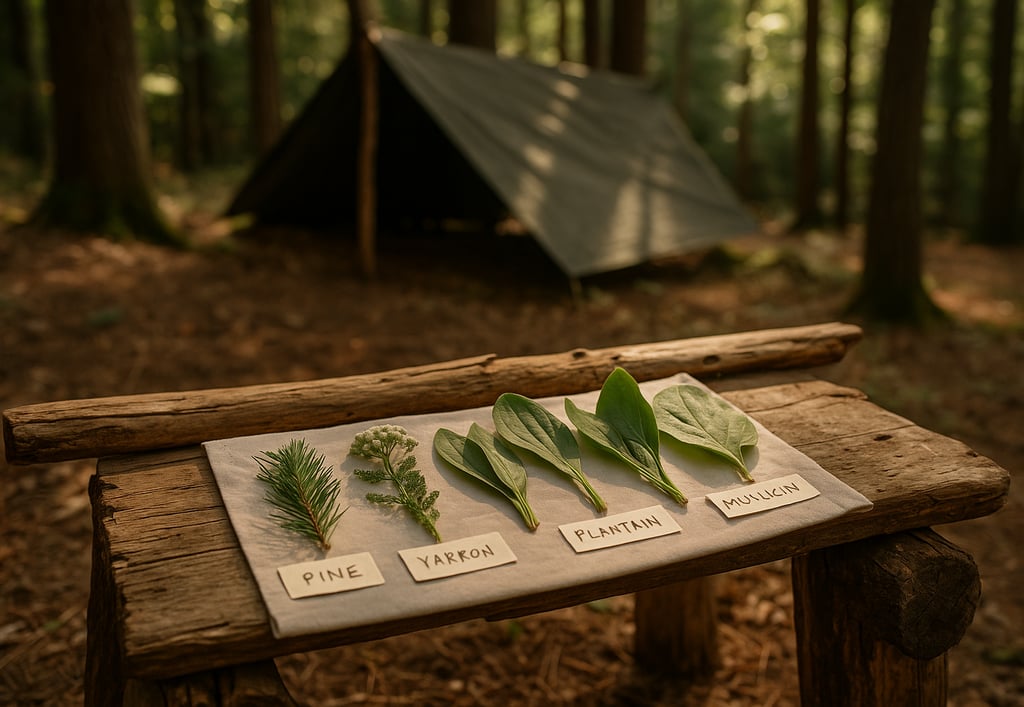

How to Forage for Medicinal Plants in the Wilderness
Why Foraging for Medicinal Plants Is a Survival Skill Worth Learning
Knowing how to find and use medicinal plants in the wild is one of the most empowering survival skills you can develop. Whether you're on a multi-day trek, living off-grid, or simply want to become more self-sufficient, foraging for natural remedies gives you access to the healing power of the land around you.
Throughout history, wild plants have been used to treat everything from wounds and infections to digestive issues and fevers. Many of these remedies grow in common environments such as forest edges, meadows, riversides, or even along trails.
You don’t need to memorize hundreds of plants. With just a few basic species and the right foraging habits, you can begin building a wilderness medicine kit straight from nature.
Start with Easy-to-Identify Healing Plants
When you’re just getting started, it’s best to focus on a few medicinal plants that are both easy to identify and widely available.
Plantain (not the banana), often found growing in compacted soil and trail edges, is a powerful skin healer. It can be crushed and applied directly to cuts, insect bites, or blisters to reduce inflammation and draw out toxins.
Yarrow is another excellent wild remedy. It grows in sunny meadows and has fern-like leaves and clusters of white or yellow flowers. Yarrow can help stop bleeding and works as an anti-inflammatory when brewed into a tea.
Pine needles are high in vitamin C and can be steeped into a tea that supports immunity and respiratory health.
Mullein, often found near roadsides, is known for its fuzzy leaves and yellow flower stalks, used traditionally for lung-related ailments.
Once you can confidently identify a few of these healing plants, you’ll start noticing them almost everywhere. Of course, if you're new to foraging in general, it's helpful to first understand the basics of starting safely and responsibly before gathering any plant — medicinal or otherwise.
Learn to Harvest Responsibly and Safely
Foraging for medicinal plants requires a little more care than picking wild berries or greens. You want to ensure you're harvesting clean, uncontaminated plants, ideally far from roads, chemical sprays, or industrial zones.
Always make a positive identification using multiple features of the plant, not just leaf shape or flower color. Carrying the right foraging tools and gear can help you observe and harvest plants more accurately and sustainably. Take note of where the plant is growing, the structure of its stem, how the leaves are arranged, and its smell when crushed. Using a field guide or app can help, but hands-on observation is just as important.
When harvesting, only take a small portion of what you find, and leave the rest to grow. Many medicinal plants regenerate slowly, and sustainable harvesting ensures they’ll continue to thrive for years to come.
How to Use Medicinal Plants in the Field
Many wild remedies can be used fresh, right after harvest. For example, you can chew plantain leaves and place them on bug bites or small wounds for almost instant relief. Crushed yarrow leaves can help clot minor cuts, and pine needle tea can be made over a campfire to ease congestion or fatigue. It's wise to carry a basic wilderness survival kit that includes tools for brewing tea or creating simple poultices on the go.
When you get more experienced, you may want to start drying herbs for later use or making tinctures, salves, or infused oils. But in a wilderness survival setting, simple applications — poultices, teas, or direct use — are more than enough.
The key is to understand not just what the plant does, but how to use it safely and in the right amount. Some herbs can cause reactions in large doses or when used improperly. That’s why good research and practice are essential before relying on wild medicine in the field.
Final Thoughts on Wild Plant Medicine
Learning how to forage medicinal plants in the wilderness is not only practical, it’s deeply rewarding. It connects you to the land, slows you down, and gives you the tools to take care of your own health using nature’s pharmacy. Start with a few common healing herbs and spend time observing how they grow. Practice identifying them throughout the seasons, and build confidence before relying on them in an emergency. Also take time to learn how to identify poisonous plants in the wild, so you don’t confuse a healing herb with something harmful.
Nature has been healing us for centuries. When you understand which plants to use, where to find them, and how to apply them safely, you carry a piece of that wisdom with you wherever you go.
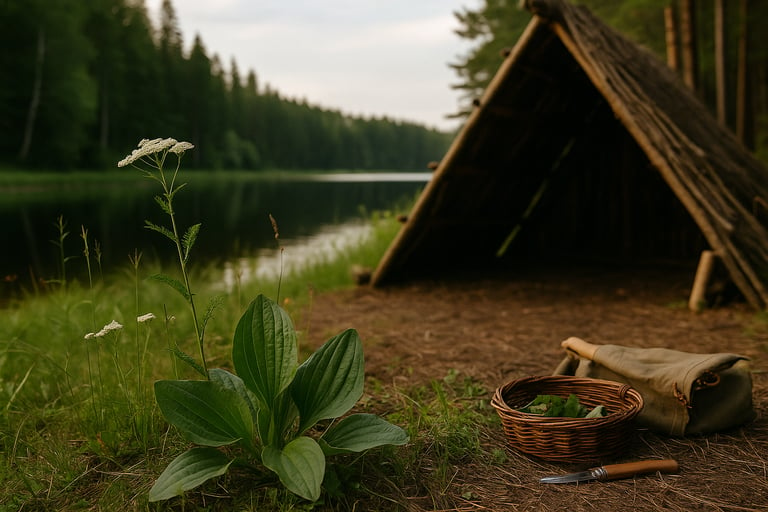

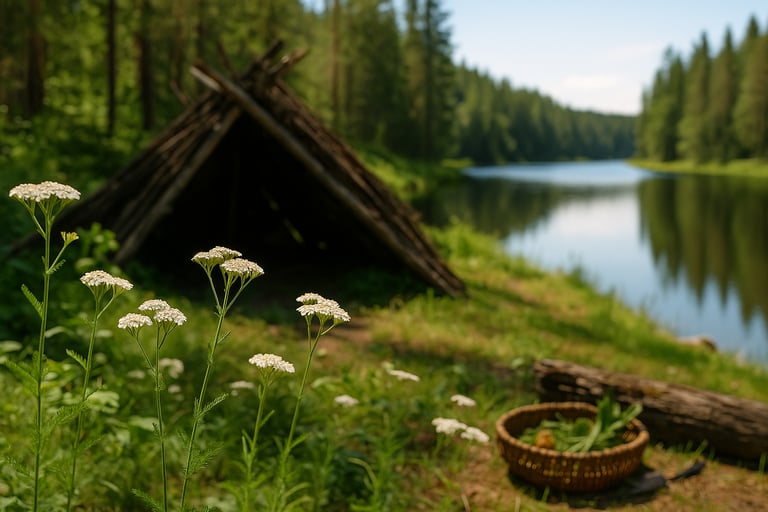

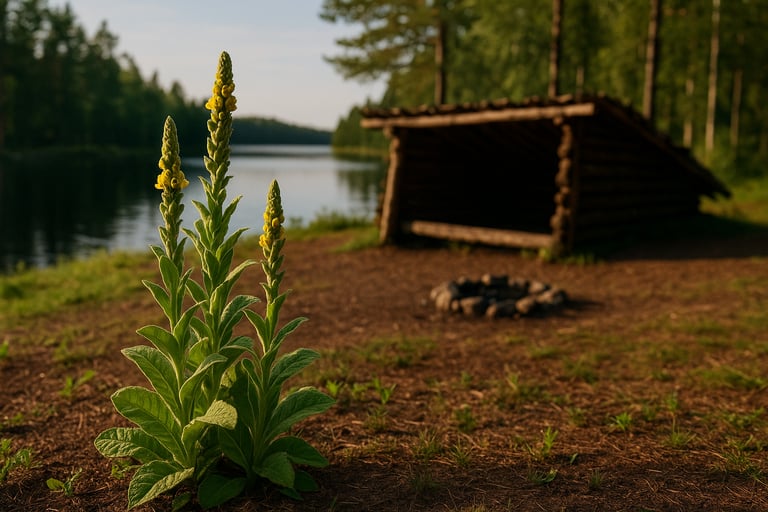

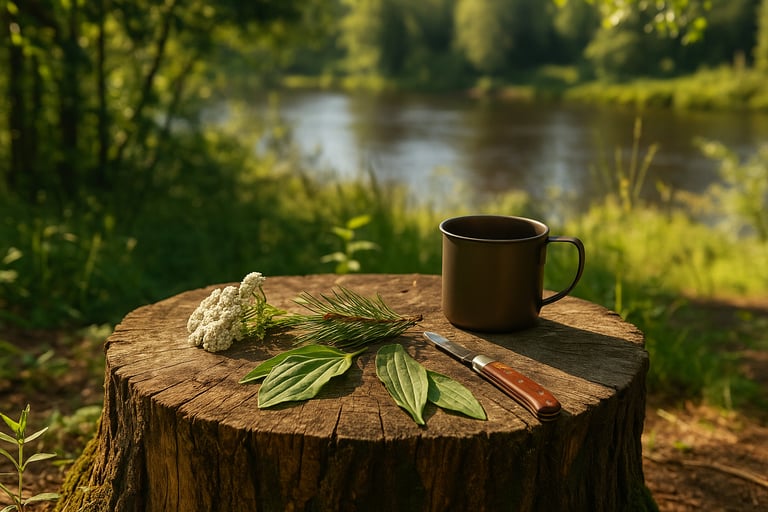

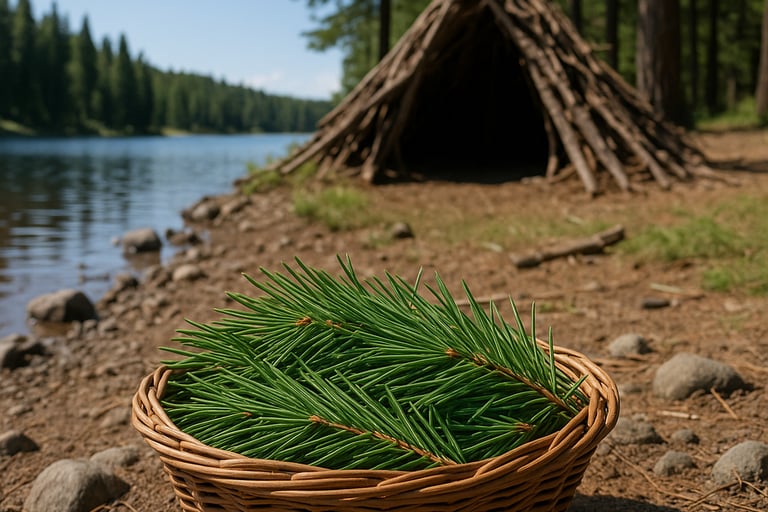

© 2025. All rights reserved About | Privacy Policy | Terms and Conditions | Affiliate Disclosure | Disclaimer


